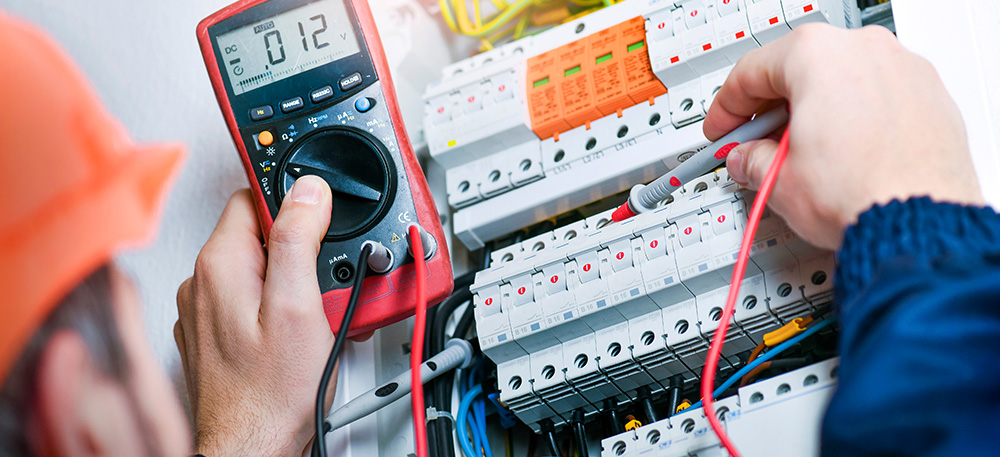Even if you only occasionally work with electricity, it is important to be aware of the risks. After all, working with electrical installations is always dangerous. Do you require a certificate of competence and are not sure about the difference between BA4 and BA5 training? Read more here.
A certificate of competence lets you demonstrate as an employer that your employees are able to work with electricity safely and knowledgeably. For minor, low-risk repairs, BA4 training is sufficient, while BA5 training is required for larger jobs with live parts.
In technical jargon, we refer to a declaration of competence based on BA4 training as ‘Informed' and based on BA5 training, ‘Competent'. Read more about the difference between BA4 and BA5 here.
But a training certificate is only part of the certificate of competence. A risk analysis is equally as important. Together with your prevention advisor, you establish the specific hazards and risks. Once you are aware of the specific risks and your employees are sufficiently trained, you fill out the certificate of competence.

1. Carry out a risk analysis.
2. Together with the prevention advisor, select suitable employees for the training course.
3. Provide appropriate training courses: BA4 e-learning for occasional jobs, BA4 training for small jobs and BA5 training for working on installations independently.
4. Write out a certificate of competence in the participant’s name and adapted to the employee’s job description.
On the federal government website, you can find more information on your legal obligations as an employer.
Adequate training helps you avoid accidents since, after all, voltage is always potentially risky. And the consequences are dramatic: electric shock, fire due to overheating and even death.

At Mensura, we offer two types of BA4 training courses. The first is an e-learning (‘Carrying out minor electrical work safely’) for those who only work with electricity occasionally, such as replacing a bulb, repairing a cord, switching on fuses or replacing outlet covers. This type of training course is recommended for technical instructors, painters and shop assistants.
We also offer a more extensive BA4 training course (‘Working safely on electrical installations – Informed Persons BA4’) for those working under supervision on electrical installations or in the vicinity of such an installation. You learn, among other things, how to determine whether a wire is live, how to install light fittings, how to repair extension cables and how to switch an electrical installation on and off. We recommend this training course for maintenance staff and technicians.
The BA5 training course (Working safely on electrical installations – Competent Persons BA5) is intended for electrical and maintenance technicians. It teacher you how to work safely with large electrical installations independently and how to supervise your colleagues.
Cookies saved